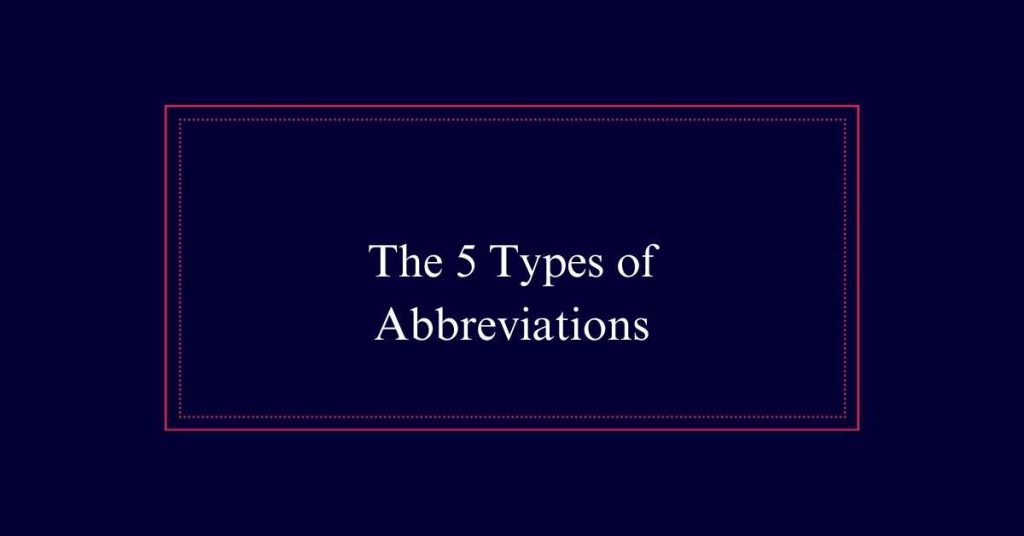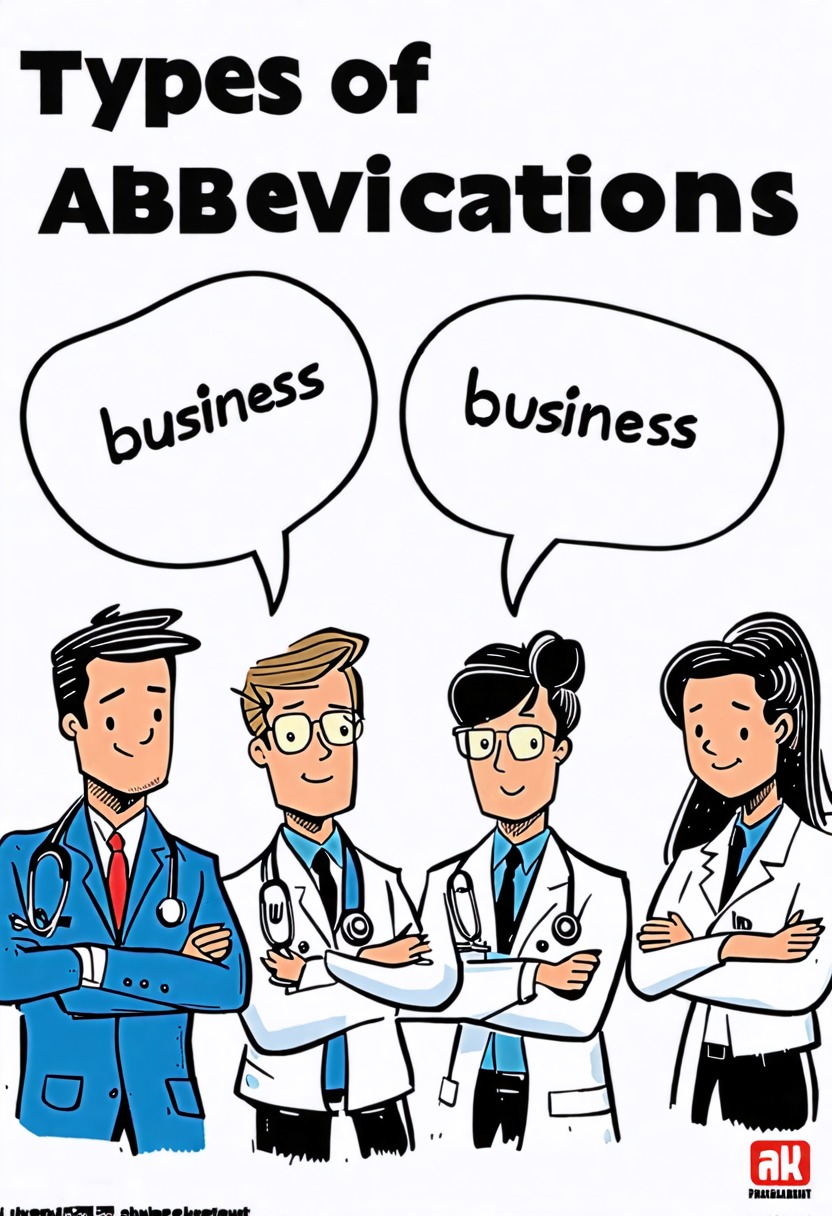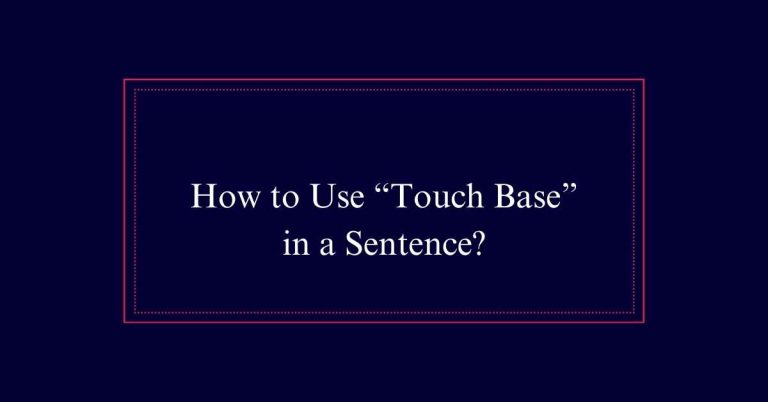The 5 Types of Abbreviations
Language uses five main types of abbreviations to enhance communication efficiency. Acronyms are formed from the initial letters of a phrase, like NASA. Initialisms use the first letters of each word but are pronounced separately, such as FBI. Contractions merge two words into one, like “can’t” from “cannot.” Shortenings truncate words without removing letters, exemplified by “info” for “information.” Clippings shorten words by removing parts, as seen in “math” for “mathematics.”
Definition and Purpose
Abbreviations shorten longer words or phrases to enhance efficient communication. They streamline language, making it quicker to write and easier to read.
Abbreviations are not limited to English; they exist in various languages worldwide. Their primary purpose is to save time and space. For instance, ‘etc.’ stands for ‘et cetera,’ and ‘NASA’ stands for ‘National Aeronautics and Space Administration.’
There are different types of abbreviations, each serving unique functions. Acronyms form new words from the initial letters of phrases. Initialisms use first letters but are pronounced individually. Contractions combine words by omitting certain letters.
Clipping
One common form of abbreviation is clipping, which involves shortening words by removing entire syllables. This method creates more manageable and often more familiar terms. Clipping is widely used in both spoken and written language and is especially common in informal contexts. However, its use in formal writing is generally discouraged.
- Common Examples:
Words like ‘ad’ for ‘advertisement’ and ‘lab’ for ‘laboratory.’
- Types of Clipping:
Includes back-clipping (e.g., ‘info’ from ‘information’) and fore-clipping (e.g., ‘phone’ from ‘telephone’).
- Usage:
Popular in everyday speech and casual writing.
- Pronunciation:
Clipped words often retain the original word’s pronunciation pattern.
- Limitations:
Less suitable for formal documents and technical writing.
How Clipping Works
Clipping works by removing entire syllables from words to create shorter, more manageable terms. This process often targets the beginning or end of a word.
For example, ‘advertisement’ becomes ‘ad’ and ‘telephone’ becomes ‘phone.’ Clipping makes language more efficient and easier to use, especially in casual conversation. These shortened forms are usually intuitive and widely understood. Clipping does not require additional punctuation, making it straightforward to implement.
Contractions
While clipping simplifies words by removing syllables, contractions achieve brevity by omitting internal letters and sometimes combining two words. Contractions are commonly used in both written and spoken English to make communication faster and more efficient. They often involve placing an apostrophe where letters have been removed.
Contractions serve several important functions:
- Informality: Contractions create a casual or conversational tone.
- Efficiency: They reduce the number of characters, saving space and time.
- Pronunciation: Contractions often reflect natural speech patterns.
- Clarity: They can make sentences easier to read by reducing complexity.
- Familiarity: Common contractions are widely recognized and understood.

Contraction Examples
For a clearer understanding of contractions, consider some common examples used in everyday language. Contractions are formed by omitting certain letters and combining words. For instance, ‘cannot’ becomes ‘can’t,’ and ‘I will’ becomes ‘I’ll.’ These contractions simplify speech and writing.
Another example is ‘could have,’ which contracts to ‘could’ve.’ Contractions such as ‘it’s’ can mean ‘it is’ or ‘it has,’ depending on the context. Additionally, titles like ‘Mister’ and ‘Missus’ contract to ‘Mr.’ and ‘Mrs.’ respectively.
Initialisms
Initialisms represent entire words by using just their first letters, which are pronounced individually. These abbreviations are common in names, organizations, and technical terms. Unlike acronyms, initialisms require each letter to be spoken separately.
Examples: Common initialisms include FBI (Federal Bureau of Investigation) and CEO (Chief Executive Officer).
Pronunciation: Each letter is said separately, like ‘F-B-I’ instead of ‘fbi.’
Punctuation: Periods between letters (e.g., U.N.) were once standard but are now less common.
Usage: They often appear in professional and technical contexts.
Capitalization: Initialisms are typically written in uppercase letters for clarity.
Usage of Initialisms
In professional and technical contexts, initialisms provide clarity and brevity. They help guarantee long and complex terms are avoided, making communication more efficient.
For example, ‘CEO’ stands for Chief Executive Officer, and ‘NASA’ represents the National Aeronautics and Space Administration. Initialisms are particularly useful in industries like technology, medicine, and government. They allow professionals to quickly reference specific terms without confusion.
In written communication, initialisms can streamline reports and documentation. When spoken, each letter in an initialism is pronounced individually, such as ‘FBI’ for Federal Bureau of Investigation.
Acronyms
Unlike initialisms, acronyms form new words by combining the initial letters of phrases and are pronounced as single words. This makes them distinct and often easier to remember. Acronyms are widely used in various fields, such as technology, government, and medicine, to simplify complex terms and improve communication efficiency.
Formation: Acronyms are created by taking the first letters of a phrase.
Pronunciation: They are spoken as words rather than individual letters.
Usage: Commonly used in professional and technical contexts.
Recognition: Often becomes part of everyday language over time.
Efficiency: Simplifies lengthy terms, making communication quicker and clearer.
Examples of Acronyms
Acronyms such as NASA, SCUBA, and RADAR exemplify how complex terms can be simplified into memorable and easily pronounced words.
NASA stands for the National Aeronautics and Space Administration, highlighting its role in space exploration.
SCUBA, which means Self-Contained Underwater Breathing Apparatus, describes essential diving equipment.
RADAR, or Radio Detection and Ranging, refers to a technology used in navigation and weather forecasting.
These examples show the efficiency of acronyms in everyday language. They turn lengthy phrases into single words that are easier to recall and use.
Acronyms are especially useful in professional fields like science and technology, where terminology can be complex.
Textese
Modern communication has introduced another form of abbreviation known as textese. This type of shorthand is prevalent in texting and instant messaging. It simplifies language to fit character limits and speed up typing. Textese uses letters, numbers, and symbols to represent words and phrases.
- Common Examples: ‘u’ for you, ‘2’ for to or too, ‘gr8’ for great.
- Purpose: To save time and space in digital communication.
- Audience: Mostly used by younger generations but spreading across all age groups.
- Impact: Influences how people write and think about language.
- Challenges: Can lead to misunderstandings and is often seen as informal or unprofessional.







